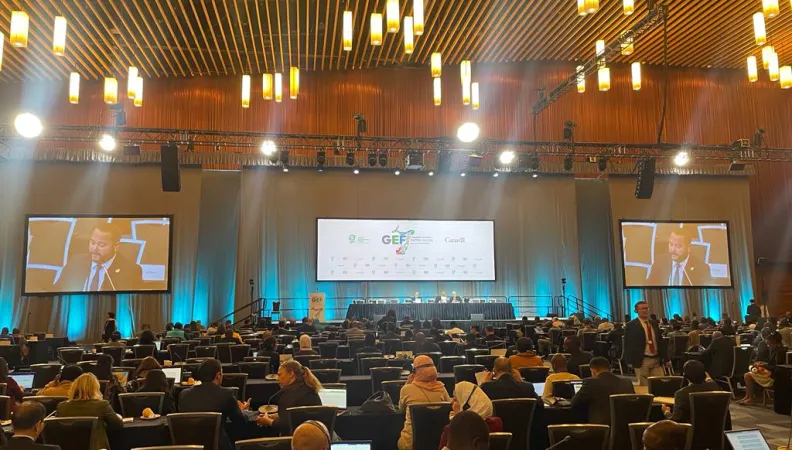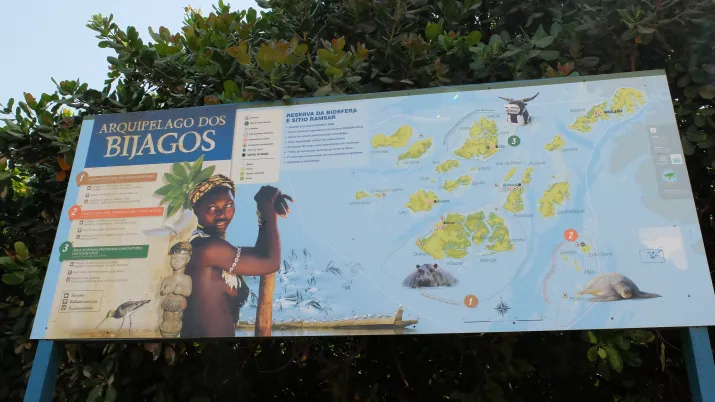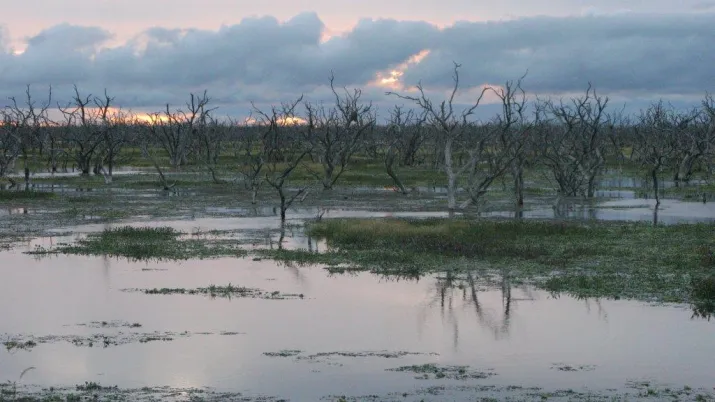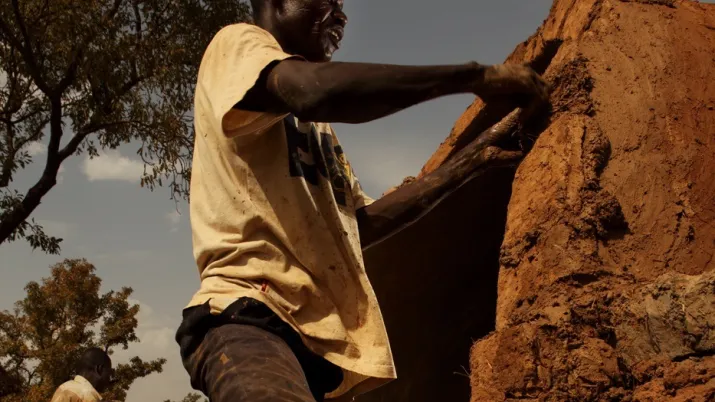Share the page
The Global Environment Facility (GEF): A key player in global environmental financing

The Global Environment Facility (GEF) is an international financial institution established in 1991 on the initiative of the United Nations Development Programme (UNDP), the United Nations Environment Programme (UNEP) and the World Bank. Its main objective is to provide funding to help developing countries address global environmental challenges while supporting national efforts towards sustainable development.
Depuis sa création, le FEM a financé des milliers de projets dans plus de 170 pays, mobilisant plus de 130 milliards de dollars en cofinancements, en plus des financements directs accordés par le Fonds.
The GEF plays a crucial role as a financial lever: it provides initial funding that helps attract additional contributions from other donors, public or private institutions. It is also recognised for its role in knowledge generation, the dissemination of best practices, and innovation in environmental governance.
Its areas of activity
The GEF focuses its efforts on several priority environmental areas:
- Climate change: reduction of greenhouse gas emissions, adaptation, and resilience.
- Biodiversity: protection of ecosystems and endangered species.
- Land degradation: combating desertification and promoting sustainable land management.
- International waters: preservation of marine resources and shared river basins.
- Chemicals and waste: elimination of persistent organic pollutants (POPs) and reduction of hazardous waste.
More recently, the GEF has expanded its mandate to include sectoral integration issues, such as food security, sustainable urban management, and avoided deforestation (REDD+).
Its operation and governance
The GEF is governed by a Council composed of 32 members representing donor and recipient countries. Its funds are distributed through 18 partner agencies, including the World Bank, UNDP, UNEP, as well as regional or specialised agencies such as the International Fund for Agricultural Development (IFAD) and the African Development Bank (AfDB).
Funded projects are selected based on their global impact and their alignment with international environmental conventions, such as the Convention on Biological Diversity (CBD) or the United Nations Framework Convention on Climate Change (UNFCCC).
What is the link between the GEF and the FGEF?
The French Facility for Global Environment (FFEM) and the Global Environment Facility (GEF) are two distinct but complementary financial instruments within the sphere of international environmental financing.
Established in 1994, the FFEM is a bilateral instrument managed by France, while the GEF is a multilateral mechanism bringing together numerous donor countries. Both are dedicated to funding innovative projects that support the protection of the global environment, particularly in developing countries.
There are many synergies:
- The FFEM regularly co-finances projects also supported by the GEF.
- The FFEM often acts as a lever to pilot small-scale initiatives that can later be scaled up via the GEF.
- Both funds share similar thematic priorities: climate, biodiversity, sustainable management of natural resources…
In short, the FFEM is a natural partner of the GEF, contributing to the international environmental finance architecture, while providing flexibility in action and an additional capacity for innovation to complement the work of the GEF.
What our partners say
Testimonial from Mr. Carlos Manuel Rodriguez, CEO of the GEF, given during the FFEM's 30th anniversary celebrations in April 2025
Find out all the information about the GEF
In the field
Key figures, projects, news and publications are just a click away.
In figures
Focus on projects in partnership with the GEF
Reinforcing the national system for protected areas in the Bijagos Archipelago
In progress
2017 - 2021

Gran Chaco: Uniting Three Countries to Protect a Threatened Ecological Treasure
Completed
2013 - 2017







